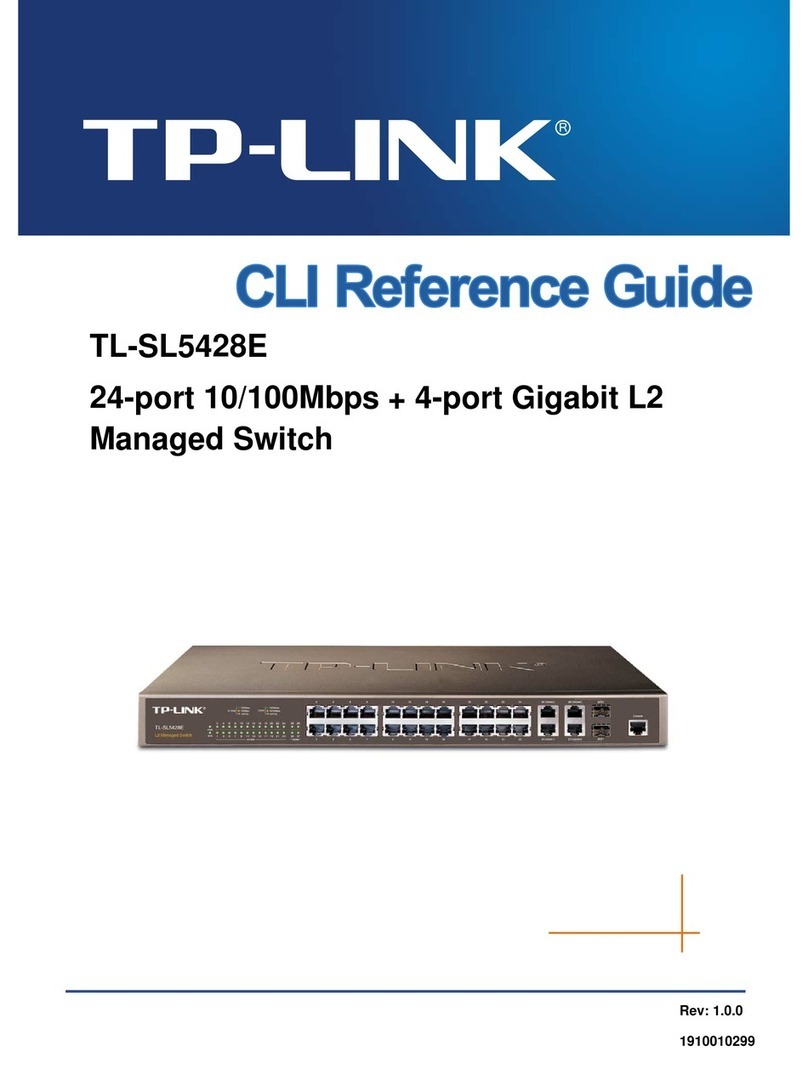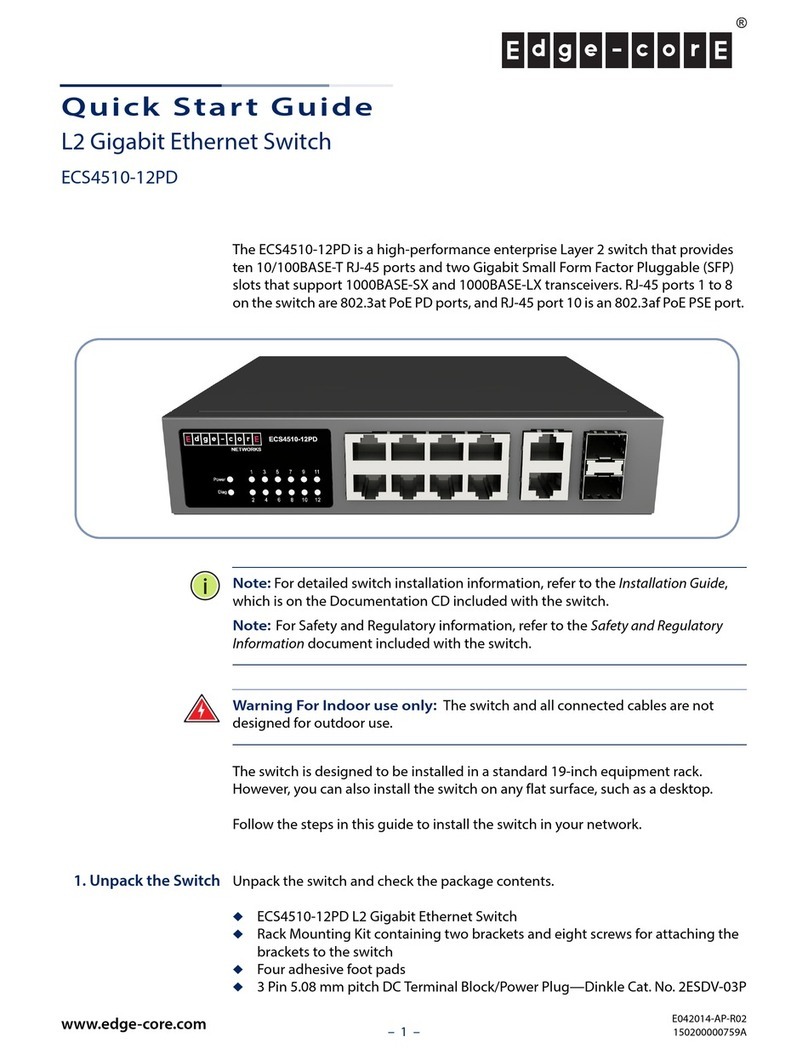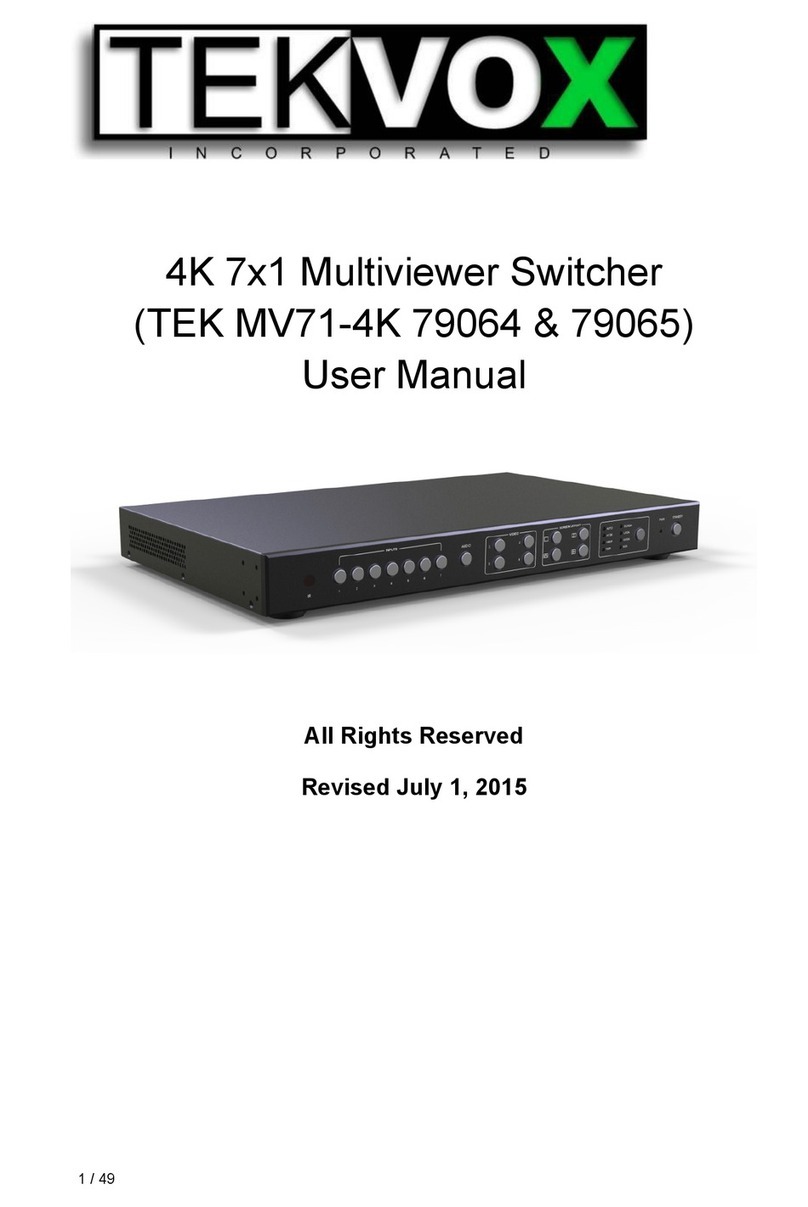H3C S3100 Series User manual














Other manuals for S3100 Series
17
Table of contents
Other H3C Switch manuals
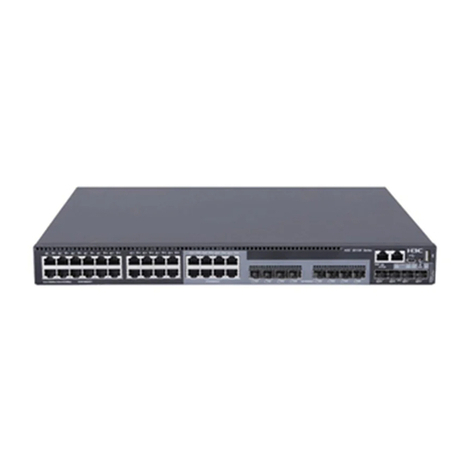
H3C
H3C S5130-HI Series User manual
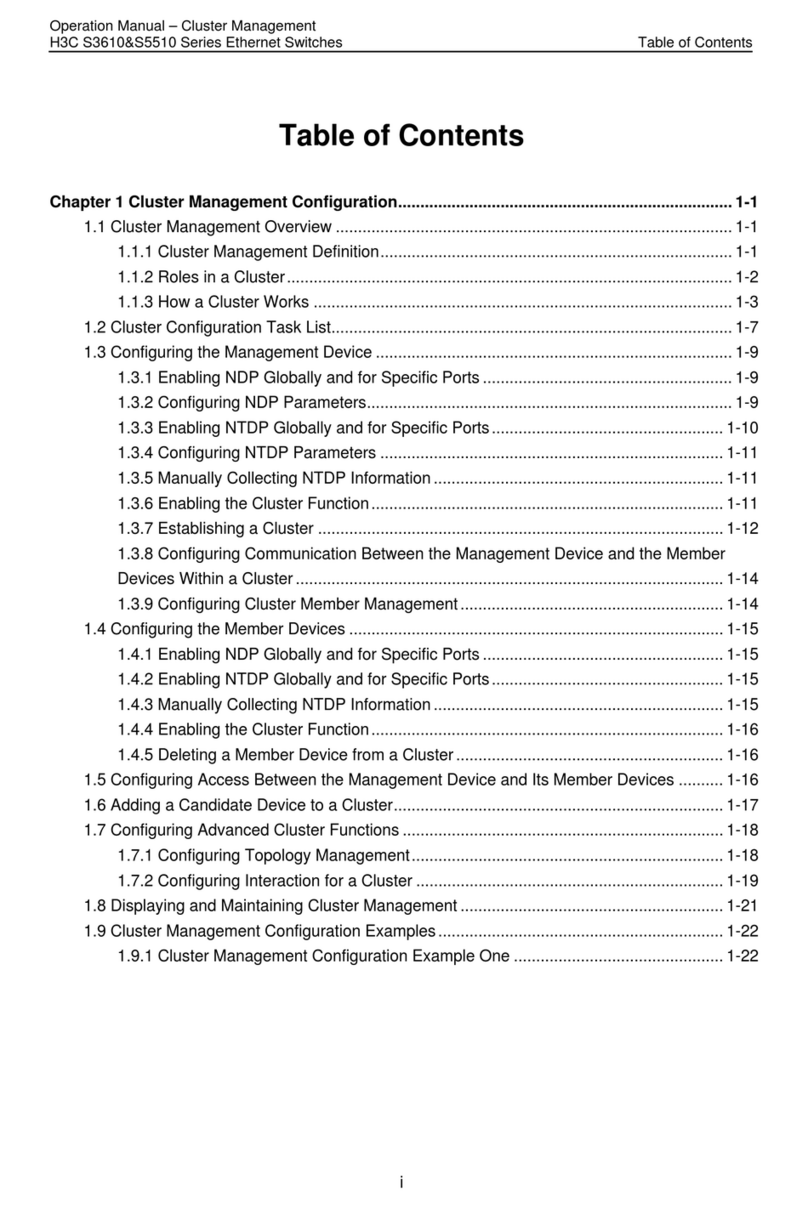
H3C
H3C S5510 Series User manual

H3C
H3C S7502 User manual

H3C
H3C S5120-HI Series User manual
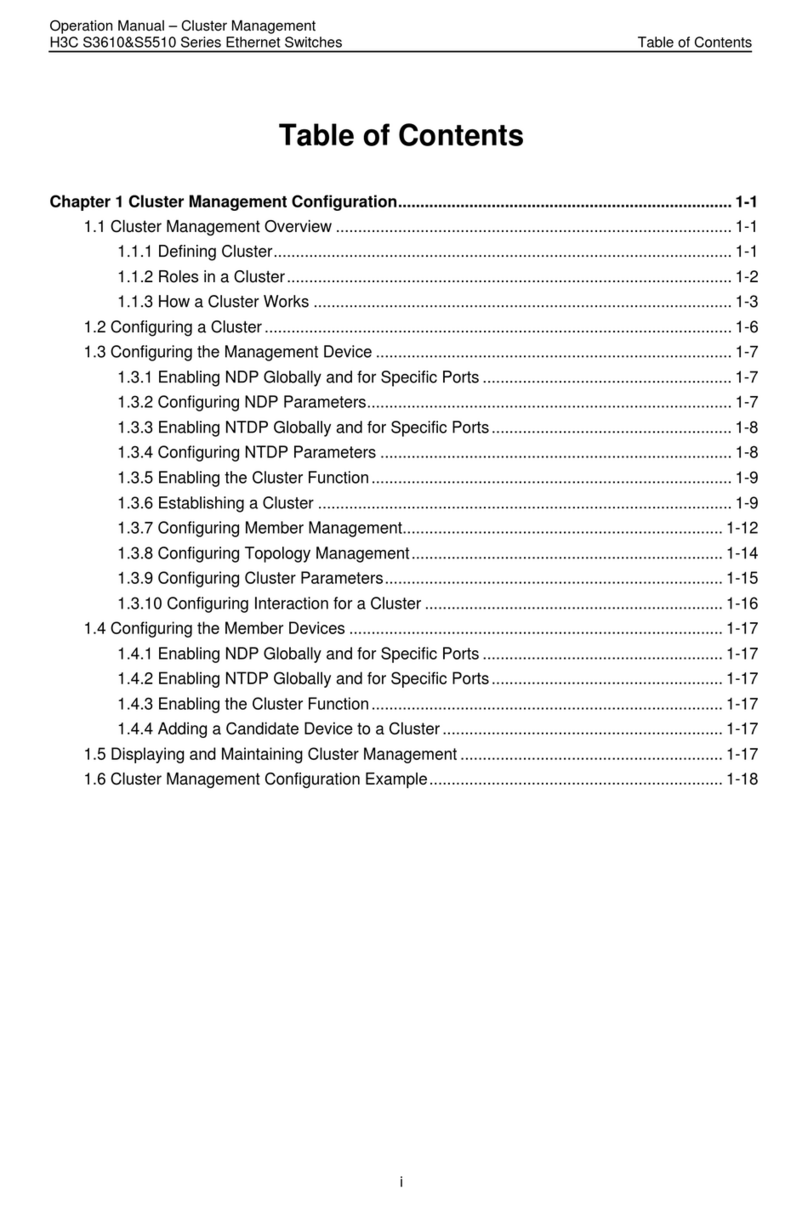
H3C
H3C S3610 Series User manual
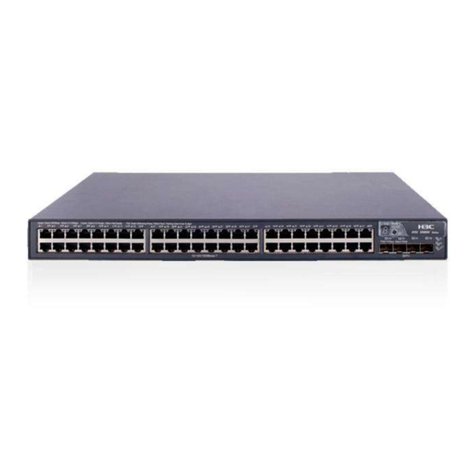
H3C
H3C s5800 series User manual

H3C
H3C S5150-EI Series User manual

H3C
H3C S9500 Series User manual

H3C
H3C S5500-EI series User manual

H3C
H3C S5830V2 series User manual
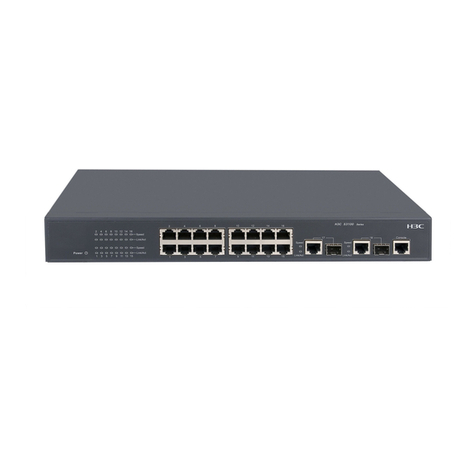
H3C
H3C S3100 Series User manual

H3C
H3C S5560-EI series User manual

H3C
H3C S5120-SI Series User manual

H3C
H3C S6890 Series Installation manual
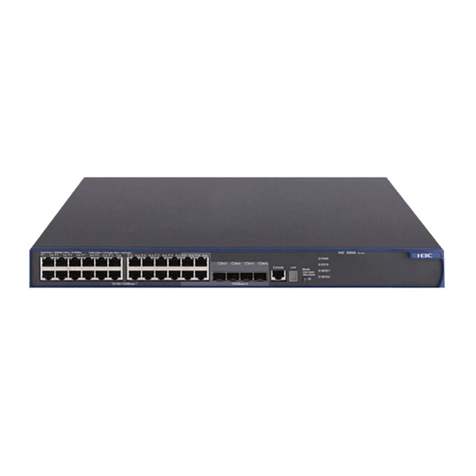
H3C
H3C S3610 Series Installation instructions
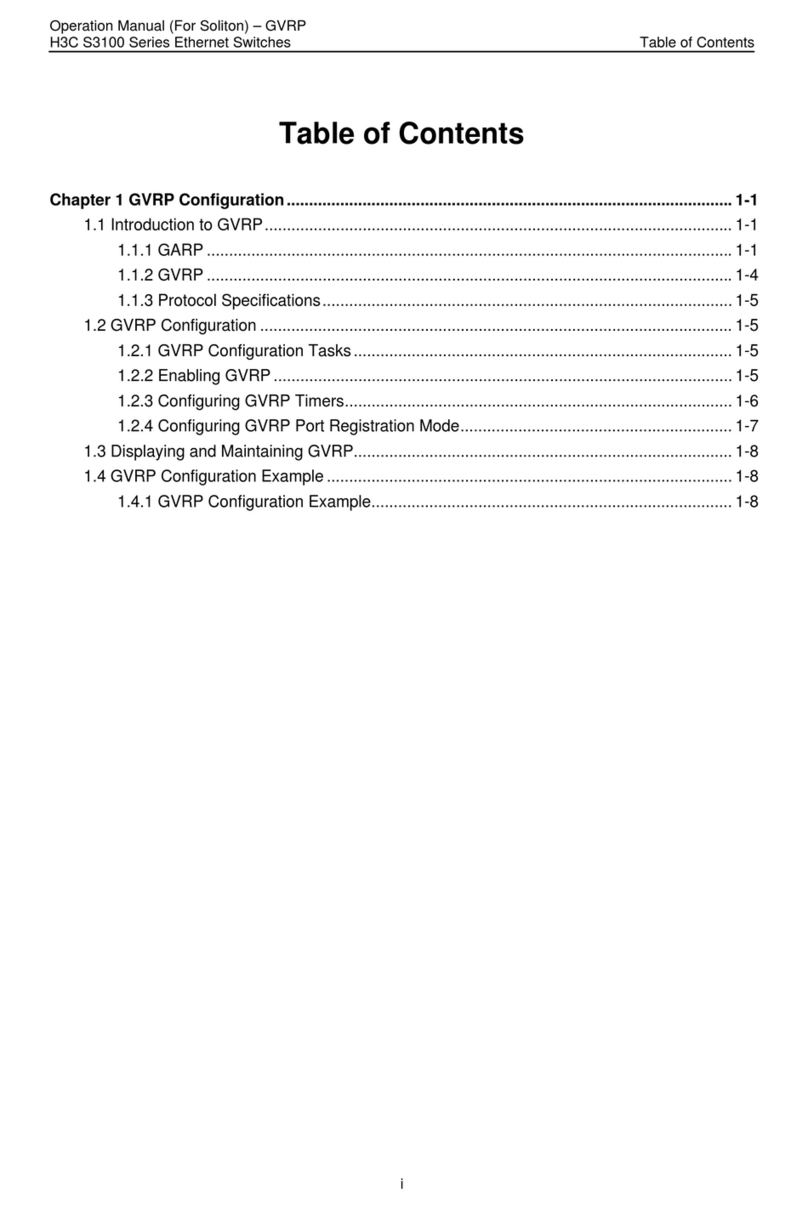
H3C
H3C S3100 Series User manual

H3C
H3C IE4300-12P-AC Instruction Manual

H3C
H3C S5120-EI Series User manual

H3C
H3C S9500 Series User manual

H3C
H3C XE 200 IP User manual
Popular Switch manuals by other brands

Dahua
Dahua PFS3125-24ET-190 user manual
Silicon Graphics
Silicon Graphics VBOB owner's guide

InvoTek
InvoTek BlueHub user manual
Vicon
Vicon V1332AF Instructions for installation and operation
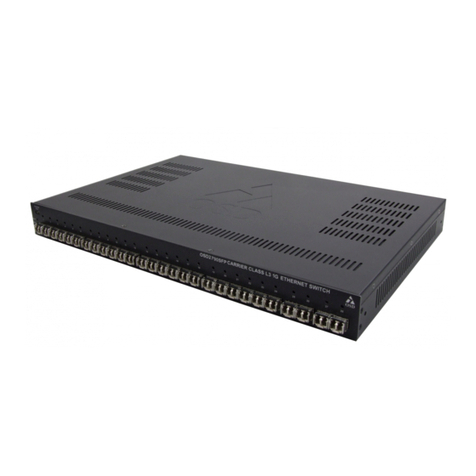
Optical Systems Design
Optical Systems Design OSD2790SFP quick start guide
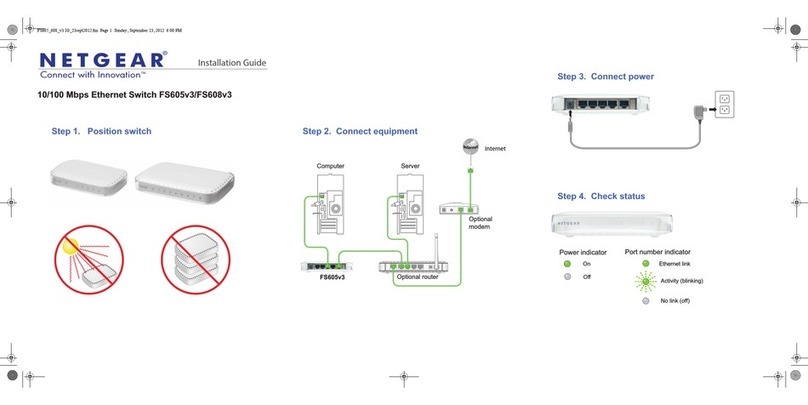
NETGEAR
NETGEAR FS605 v3 installation guide






